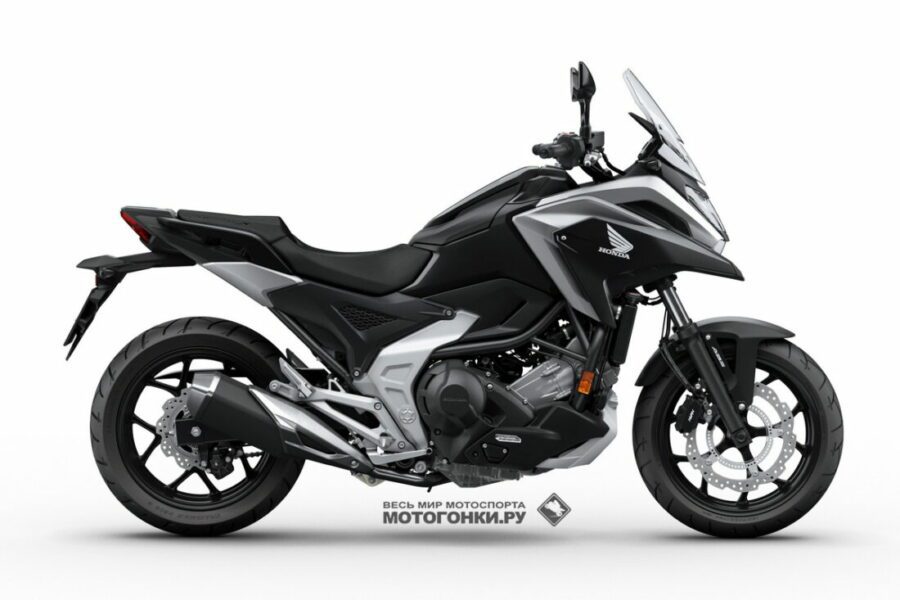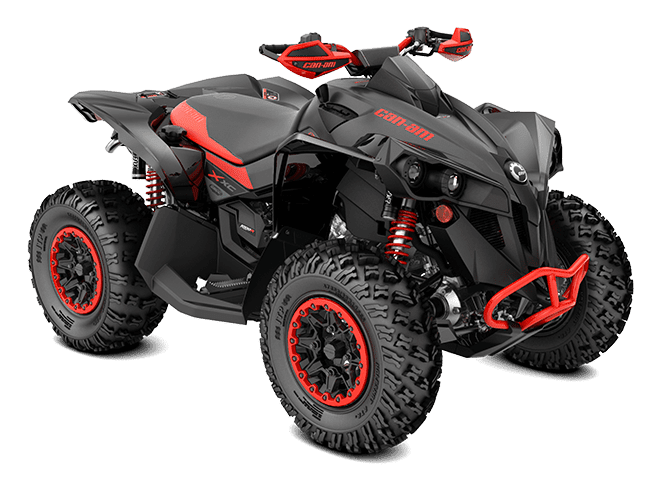
Test: Honda NC 750 X
At a launch just over two years ago, some motorcyclists stunned Honda's concept of multiple motorcycles being developed on the same basis, stating that motorcycles are being developed with enthusiasm, not a platform. Nevertheless, the trio of scooters NC700S, NC700X and Integra achieved enviable sales results, and the crossover and naked also sovereignly took the first place on the list of the best-selling models.
After the first tests, no one wrote anything shockingly bad about this bike, as the extremely favorable price-performance ratio of the bike as a whole greatly influenced the final rating. And while no one seriously complained about the two-cylinder's performance as no one even expected a duplication, Honda decided to send it back to the workbench and give it a little more power and breath. Who knows, maybe the reason lies in the emergence of an ideologically similar, but more powerful Yamaha MT-07, but the fact is that the engineers did a good job.
Since the essence of the NC750X lies in the engine compared to its predecessor, the NC700X, it’s right to say something more about it. With an increase in cylinder diameter by four millimeters, the engine displacement increased by 75 cubic centimeters, or a good tenth. To reduce the vibration of the twin-cylinder, an additional leveling shaft is now installed, but those who are not concerned about vibration can be comforted by the fact that, in practice, some healthy shaking still remains. They also changed the shape of the combustion chambers, which now allows for slightly more efficient combustion of the air / fuel mixture, and as a result, the engine, producing more power and torque, is also more economical and environmentally friendly.
Compared to the smaller predecessor, power has been increased by 2,2 kW (three horsepower) and torque by six Nm. The increase in power and torque may seem modest at first glance, but it's still almost ten percent. This, of course, is especially noticeable when driving. Judging from the memory of its predecessor, it's hard to say that the NC750X is significantly livelier with the new engine, but it's safe to say that it's much better or very different. The engine accelerates more from low revs, but it has a slightly deeper sound, which is very suitable for a motorcycle of this size.
The greater flexibility and dynamism of this motorcycle is not only the result of engine improvements, but also a consequence of changes in the transmission. The test bike was fitted with a classic six-speed transmission that averaged six percent more ratio than its predecessor. The same changes have been made to the DTC dual-clutch automatic transmission, available at an additional cost (€800). The transmission's increased ratio is also upgraded with a one-tooth larger rear sprocket, and on the road it all adds up to a welcome reduction in engine revs at all speeds.
All of the aforementioned changes to the entire powertrain are exactly what seasoned riders missed the most from its predecessor. The NC700 was considered comparable to a single cylinder engine of around 650 cc. See in terms of performance and smoothness, and the NC750 X already belongs at the top of the class of more powerful three-quarter bikes in terms of ride and agility.
The NC750X is a motorcycle aimed at buyers of all ages, both genders, regardless of their experience. Therefore, especially at the price of it and on it, you can expect average running characteristics and average, but high-quality and reliable components. Dynamic cornering and cornering is not intimidating and does not require special driving skills. The relatively high position of the handlebars allows for light and secure steering, and the braking package is not the kind of thing that presses the front of the bike to the ground when you press the lever and slows you down in a race. A slightly more determined grip on the lever is required, and the ABS braking system ensures efficient and safe stopping in all situations.
Of course, one of the reasons for choosing this motorcycle is also its low fuel consumption. According to the manufacturer, the fourteen-liter fuel tank (located under the seat) will last up to 400 kilometers, and the fuel consumption in tests was four liters. It is gratifying that in terms of the test, when driving slowly, the consumption display showed even a slightly lower average consumption than stated in the technical data.
To make the overall look of the updated crossover even more refined, a new, less slippery seat cover has been added, and the digital instrument cluster has been equipped with a gear-selected display and a current and average consumption display.
The NC750X continues the idea and essence of its predecessor in all other areas. Lightweight, manageable, unassuming, convincing and above all almost scooter-friendly for everyday use or in the city. The large trunk between the seat and the steering wheel can withstand a large integral helmet or an abundance of various loads, the only pity is that it is impossible to open it even without a key.
After all, judged correctly, we have no choice but to echo the thoughts two years ago when we first became familiar with this model. We think the NC750X deserves the Honda name. The necessary equipment is sufficient and in general it is made very soundly. It says "made in Japan". Good or not, judge for yourself. And yes, the new drivetrain did add a dot over the i.
Face to face
Petr Kavchich
I love the look and the sitting position itself is reminiscent of a true travel enduro. It was only when I placed it next to the Suzuki V-Strom 1000 that I was driving at the time that the size difference really showed itself and that the NCX was smaller in number. Honda skillfully combines what we know from the Volkswagen Golf motorsport with a diesel engine in one motorcycle.
Primoж манrman
This is a very versatile motorcycle that will definitely not impress with emotions. I can say that this is the average for the average driver. For those looking for a sporty, even boring style. It is also suitable for two trips if the passengers are not overly demanding. I was impressed by the storage space, where there is usually a fuel tank and slightly less flimsy brakes.
Text: Matyazh Tomazic, photo: Sasha Kapetanovich
Basic data
Sales: Motocentr As Domžale
Test model cost: 6.990 €
Technical information
engine: 745 cm3, two-cylinder, four-stroke, water-cooled.
Power: 40,3 kW (54,8 KM) at 6.250/min.
Torque: 68 Nm @ 4.750 rpm
Energy transfer: Transmission 6-speed, chain.
Frame: frame made of steel pipes.
brakes: front 1 disc 320 mm, dual-piston calipers, rear 1 disc 240, two-piston caliper, dual-channel ABS.
Suspension: front telescopic fork, rear shock absorber with swinging fork
Tires: front 120/70 R17, rear 160/60 R17.
Growth: 830 mm.
Fuel tank: 14,1 liters.
We praise and reproach
ease of driving and useful value
improved engine performance, fuel consumption
durable finish
fair price
helmet box
the drawer can only be opened when the engine is stopped

